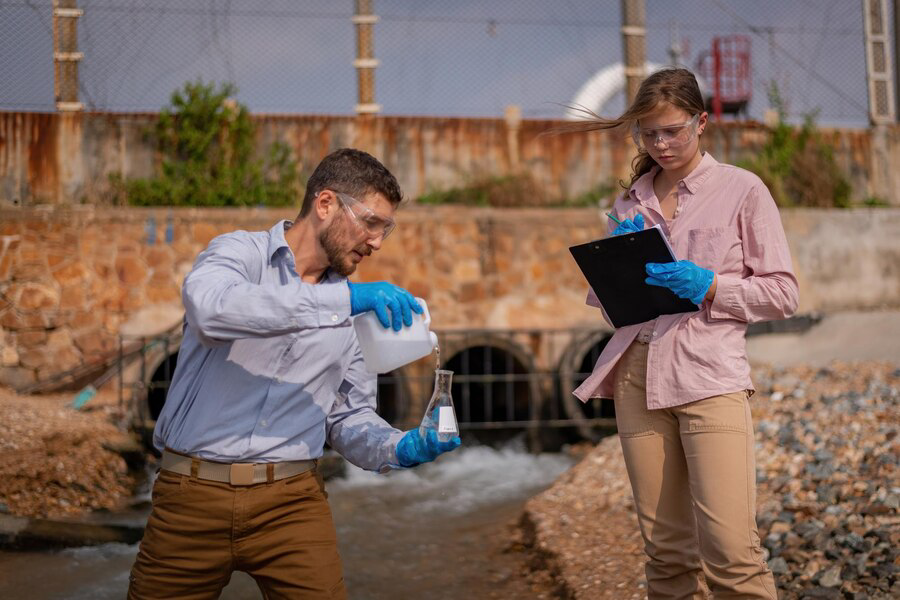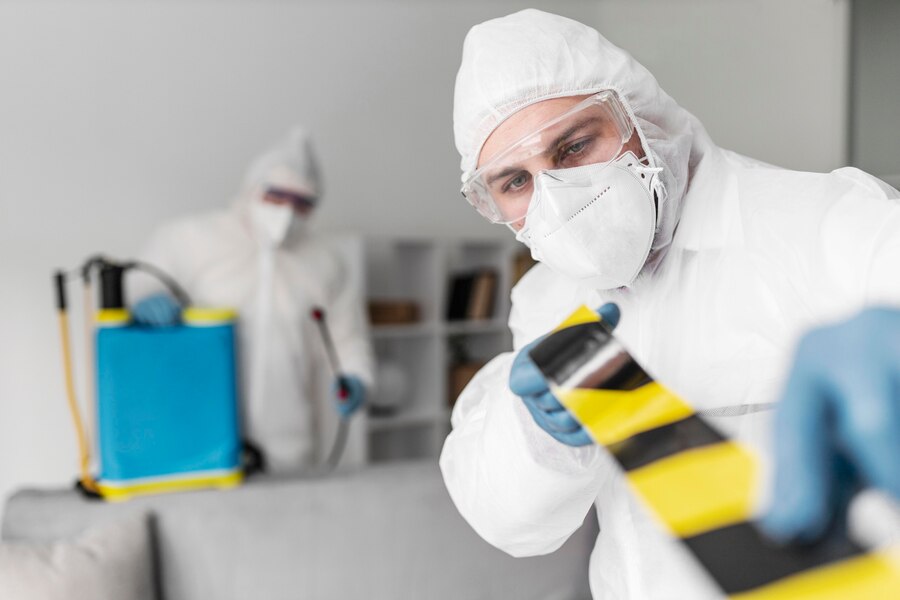Mold is not just an unsightly nuisance; it can pose serious health risks and structural damage to your home if left unchecked. From the moment you suspect mold’s presence, swift action is essential. In this article, we’ll guide you through the crucial steps of mold remediation, from detection to prevention.
Detection

Detecting mold early is key to preventing its spread and minimizing damage. Keep an eye out for common signs of mold, such as musty odors, water stains, discoloration on walls or ceilings, and visible mold growth. Conduct regular inspections in moisture-prone areas like basements, bathrooms, and kitchens.
Invest in moisture detection tools like hygrometers and thermal imaging cameras to identify areas of high humidity and potential water leaks. If you suspect mold but can’t locate it, consider hiring a professional mold inspector who can conduct a thorough assessment using specialized equipment.
Assessment
Once mold is detected, the next step is to assess the extent of the infestation. Determine the type of mold present and whether it poses any health risks. This may require collecting samples for laboratory analysis.
Assess the underlying cause of the mold growth, such as water leaks, poor ventilation, or high humidity levels. Addressing the root cause is crucial to prevent mold from recurring after remediation.
Type of Mold:
Identifying the type of mold present is essential for determining the appropriate remediation methods and understanding any potential health risks associated with the mold species. This may require collecting samples from the affected areas for laboratory analysis.
Extent of Infestation:
Assessing the size and scope of the mold infestation is critical for developing an accurate remediation strategy. This involves inspecting all areas of the property, including hidden spaces such as wall cavities, crawl spaces, and attics, to identify the full extent of the mold growth.
Cause of Mold Growth:
Understanding the underlying cause of the mold growth is essential for effective remediation and preventing future outbreaks. Common causes of mold growth include water leaks, high humidity levels, poor ventilation, and water intrusion from sources such as roof leaks or plumbing issues. By addressing the root cause, such as repairing leaks or improving ventilation, you can prevent mold from recurring after remediation.
Structural Damage:
Mold can cause significant damage to building materials and structural components if left unchecked. During the assessment, it’s important to inspect for any signs of structural damage caused by mold, such as rotting wood, deteriorating drywall, or weakened foundations. Assessing the structural integrity of the affected areas will help determine the extent of repairs needed during the remediation process.
Health Risks:
Certain types of mold, such as black mold (Stachybotrys chartarum), can produce toxins known as mycotoxins, which pose health risks to occupants of the property. Assessing the potential health risks associated with the mold species present is essential for determining the appropriate safety precautions and remediation procedures. Individuals with allergies, asthma, or compromised immune systems may be particularly vulnerable to the health effects of mold exposure.
Remediation
Mold remediation involves removing the mold and restoring the affected areas to their original condition. Depending on the severity of the infestation, remediation methods may vary from surface cleaning to extensive removal and reconstruction.
For small, localized mold growth, you may be able to handle remediation yourself using household cleaning products and protective gear.

However, for larger or more severe infestations, it’s best to hire professional mold remediation services. They have the expertise, equipment, and safety protocols to ensure thorough and safe mold removal.
Prevention:
Preventing mold growth is far easier and more cost-effective than remediation. Implementing proactive measures to control moisture levels and improve ventilation can significantly reduce the risk of mold infestation.
Keep indoor humidity levels below 60% by using dehumidifiers, ensuring proper ventilation, and promptly repairing any water leaks or plumbing issues. Use exhaust fans in bathrooms and kitchens to vent moisture outside, and consider installing a vapor barrier in crawl spaces or basements.
Regularly inspect and maintain your home’s HVAC system, roof, gutters, and plumbing to prevent water intrusion. Clean and dry any water-damaged materials or furnishings within 48 hours to inhibit mold growth.
By being vigilant, proactive, and taking swift action when mold is detected, you can protect your home and family from the harmful effects of mold infestation. Remember, mold remediation is not just about removing the visible mold; it’s about addressing the underlying causes and implementing preventive measures to ensure a mold-free environment.
Conclusion
In conclusion, mold remediation is a multi-step process that requires diligence, expertise, and a commitment to prevention. From the initial detection of mold to the thorough remediation and implementation of preventive measures, every step is crucial in safeguarding your home and health.
Located in Oklahoma City, Oklahoma, Precision Restoration, Inc., we understand the importance of swift and effective mold remediation. With our team of experienced professionals and advanced equipment, we’re dedicated to helping you tackle mold infestations and restore your home to a safe and healthy environment.
Don’t wait until mold becomes a serious problem. Contact us today at Precision Restoration, Inc. to schedule a consultation and take the first step towards mold detection, remediation, and prevention. Your home deserves the precision and care that only our experts can provide.



